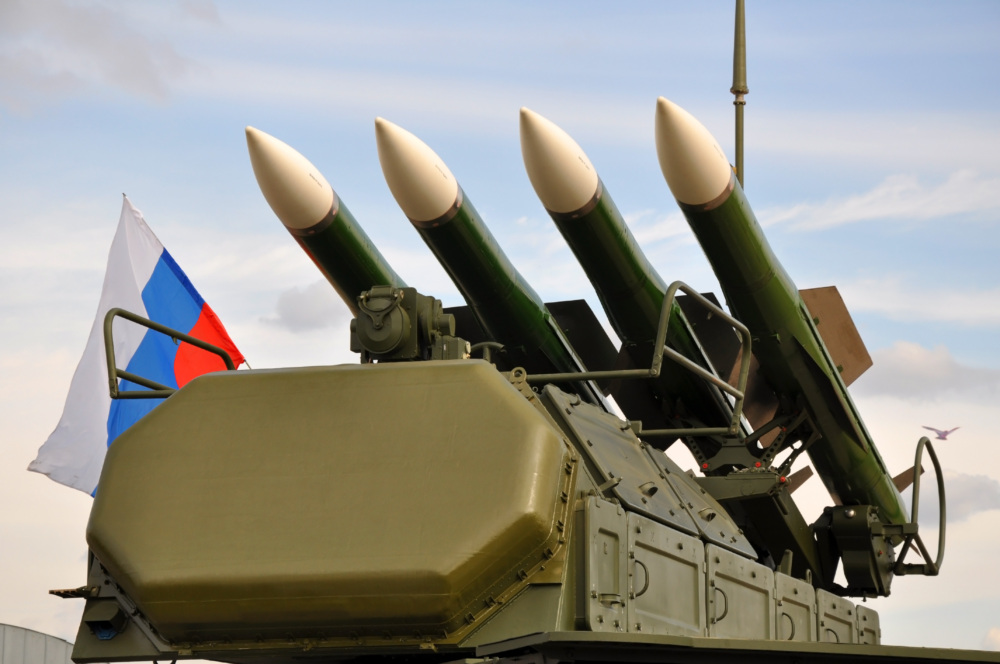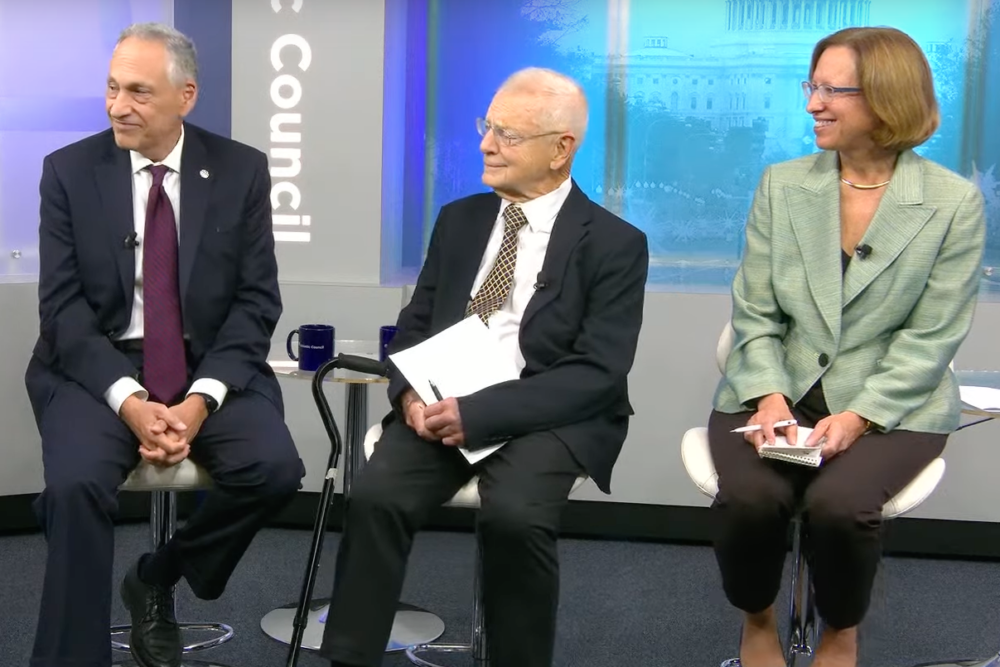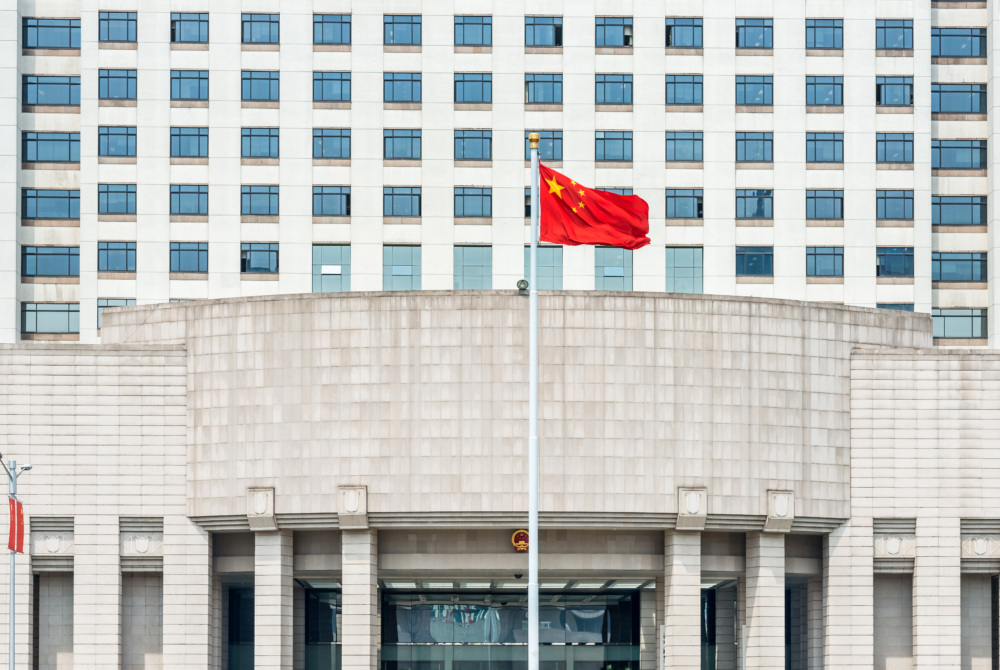
Avi Kirpekar
Former Intern, NTI
Atomic Pulse
Last month, in his February 21 state of the nation speech, Russian President Vladimir Putin discussed the war in Ukraine, economic sanctions, and historical grievances with the West, and, most significantly, announced the suspension of Russia’s participation in the only major arms-control treaty limiting U.S. and Russian nuclear forces. The New Strategic Arms Reduction Treaty (New START), which entered into force in 2011 and is set to expire in 2026, restricts the United States and Russia to 1,500 deployed strategic warheads each and 700 deployed missiles and heavy bombers, and it includes comprehensive verification and compliance requirements, including on-site inspections and data exchanges. Although Russia is not fully withdrawing from the terms of the treaty, Putin’s announcement is a significant blow to the last remaining strategic arms control agreement between the world’s two largest nuclear powers and to the fraying Euro-Atlantic security architecture more broadly.
Shortly after Putin’s announcement, the Russian Ministry of Foreign Affairs released a statement elaborating on Russia’s reasons for suspending its participation in New START and clarifying how Russia would implement the suspension. The statement outlines their concerns about U.S. adherence to the treaty and alleges that the United States has skirted the rules—charges the United States categorically denies. In addition, both Putin and the Foreign Ministry argued that New START inspections could be used to gather intelligence to support Ukraine’s war effort, for example by aiding Ukrainian attacks on military facilities in Russia that are subject to inspection.
The good news is that Russia confirmed it will continue abiding by the treaty’s ceilings on the number of delivery vehicles and deployed strategic warheads and will continue providing notifications to the United States about intercontinental ballistic missile (ICBM) and submarine-launched ballistic missile (SLBM) test launches. Speaking at the Brookings Institution days after Putin’s speech, Mallory Stewart, Assistant Secretary of State for Arms Control, Verification, and Compliance, confirmed that the U.S. government’s understanding is that once the suspension takes full effect, Russia will continue to comply with the treaty’s central limits and provide ballistic missile launch notifications. The bad news, as Stewart explained, is that that Russia will not conduct or allow inspections, participate in the twice-yearly exchange of data, or provide other regular notifications regarding the location and status of treaty limited items, as required by the treaty.
While Russia’s intention to adhere to the central limits of New START is positive, the decision to withdraw from the treaty’s inspections regime and requirements for exchanging data and notifications is deeply concerning. Losing these aspects of the treaty will significantly reduce transparency, predictability, and the United States’ ability to verify Russia’s compliance.
Russia’s decision also has broader consequences for transatlantic security and global nuclear stability. As Russia moves further from compliance with the treaty, it will significantly complicate, if not impede, efforts to negotiate a future agreement to maintain limitations on Russian nuclear forces after New START expires in 2026.
While Russia has emphasized its openness to reversing the suspension, the conditions it has set for reversal include Washington taking “honest efforts toward general de-escalation” related to support for Ukraine—making clear that Russia is tying the future of New START directly to the broader bilateral U.S.-Russia relationship and the United States’ involvement in the war.
The U.S. response has been to encourage Russia to return to full compliance, arguing that it is in the best interest of both countries, and to reiterate the importance of this treaty and other arms control measures for mutual and international security. The United States also has reaffirmed its support for Ukraine. During a brief meeting with Russian Foreign Minister Sergey Lavrov on March 2 on the margins of the G20 meeting in India, Secretary of State Antony Blinken urged his counterpart to return to implementing New START and affirmed the United States’ willingness to “engage and act on strategic arms control,” regardless of other developments in the bilateral relationship.
Nuclear security experts note that even during the darkest days of the Cold War, the United States and Soviet Union recognized and acted upon their mutual interest and responsibility to pursue dialogue and agreements aimed at reducing nuclear risks. A resumption of that engagement is even more critical amid growing geopolitical tensions, and the international community, including China, has urged the United States and Russia to rebuild cooperation in pursuit of strategic stability and preventing nuclear catastrophe.
Sign up for our newsletter to get the latest on nuclear and biological threats.
Lynn Rusten, vice president of NTI’s Global Nuclear Policy Program, shares her reaction to the 2023 Strategic Posture Report during a panel event at the Atlantic Council.
Amid uncertainty around China’s expanding nuclear program and silence from Beijing about the intent behind the build-up, a new report offers details about China’s nuclear program that suggest significant implications for U.S. and global security.
When it comes to nuclear weapons and the Korean Peninsula, nearly all the attention goes to North Korea, but a public debate is heating up south of the demilitarized zone, with some officials in South Korea asking: Should Seoul pursue a nuclear weapons program, too?



